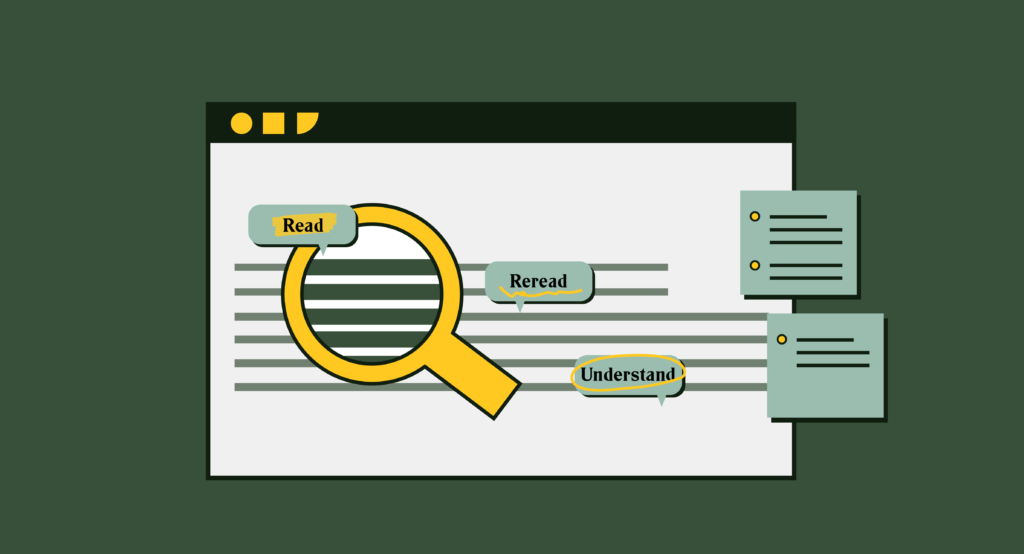The process of articulating any write-up starts with the process of doing research. However, solid research becomes even more important when writing academic submissions and research papers. Scholars and students have to dig up the relevant information from various sources. However, the process doesn’t end here; the person who is writing the submission or paper has to include proper references to the helping sources. These references are included for the ease of readers. References also help readers and supervisors to validate the statement, fact, or figure included in the write-up from another source.
There are two methods to include information from other sources in your submissions. The first method is termed ‘Quoting,’ while the second one is ‘Paraphrasing.’ Suppose you are assigned the task of writing an academic submission or want to publish your research article in a journal and have carried out substantial research regarding the topic. In that case, you should know how to use these methods in your write-up. We have included these methods to help you craft a comprehensive research paper. Additionally, we will discuss how you can deal with the duplication in content due to quotations. Read on to know more:
Quoting Information
Quoting a statement or piece of information from another source means including the information in your write-up in exact words. Quotations are generally indicated with the help of double quotation marks on both sides of the quoted statement. For example, C. Moore says, “The object of this study, then, is not to ask whether there should be quotation marks in edited medieval texts, but to ask what these anachronistic marks cover up.” [1]
The example mentioned above reflects quoting the obtained information from another source. Once the citation is indicated, you will refer to the source in the footnotes or bibliography by writing its details in the recommended format. You need to keep some things in mind while quoting information from other sources to ensure that quotations included in your text look relevant. A few tips are given below:
- Look for adequately phrased passages that relate to the topic.
- Including too many quotations won’t give a positive impression.
- Too many quotations will make it difficult for you to conclude your research paper correctly.
- Most of the time, it is better to introduce the name of the Author before the statement.
- After quoting the statement, add the citation to indicate the reference in your write-up.
Paraphrasing
The term paraphrasing refers to the process of writing an obtained piece of information in your own words. You have to change words, sentence structure, the voice of the sentence, and sometimes its tone for this purpose. However, after doing all this, you must ensure that the meaning of the paraphrased phrase, passage, or sentence remains intact. For example, the primary purpose of this writing is not to discuss the legibility of the presence of quotation marks in the edited write-ups belonging to the old era but to find out the purpose of these symbols. This phrase will be seen as the rewritten or paraphrased version of a phrase discovered by the researcher from the source and included in the submission.
Including a piece of information or statement using this method will not duplicate the content. However, if you are having trouble rephrasing the statement manually, you can take the help of a free paraphrasing tool. Here are some essential things to remember while including paraphrased statements in your write-up.
- Paraphrase properly; changing a few words here and there will be considered plagiarism.
- Read the passage, understand it, and rewrite it for better results.
- Before paraphrasing, any phrase, imagine how you would describe it to another person.
- Compare rephrased and original phrases multiple times to ensure no similarity.
Dealing with the Plagiarism in Research Writings
There are high chances that your content may include plagiarism well over the allowed limit. You can’t forward such a write-up for publication or submission until or unless you reduce the duplication to the permitted limit. Hence, it is highly essential to stay vigilant about the plagiarism factor in your content. Make sure you check plagiarism in your content using a credible tool.
Forwarding your write-up without being sure about duplication will lead to severe consequences. It is only possible when you use a plagiarism checker to discover the duplication percentage in your content and then eradicate it using a reliable paraphrasing tool that uses AI and other advanced technologies.
Conclusion
Research plays a critical role in the success of any research write-up. However, the only way of reflecting on your substantial research regarding the topic is the inclusion of statements obtained after research from multiple sources. There are two methods for this purpose. We have discussed both these methods in detail. In addition, we have discussed the method to deal with unnecessary duplication in the write-up that may arise because of quoting or paraphrasing statements obtained from other sources after research. Hopefully, this article will help you articulate impeccable research submissions and publications in the future.

